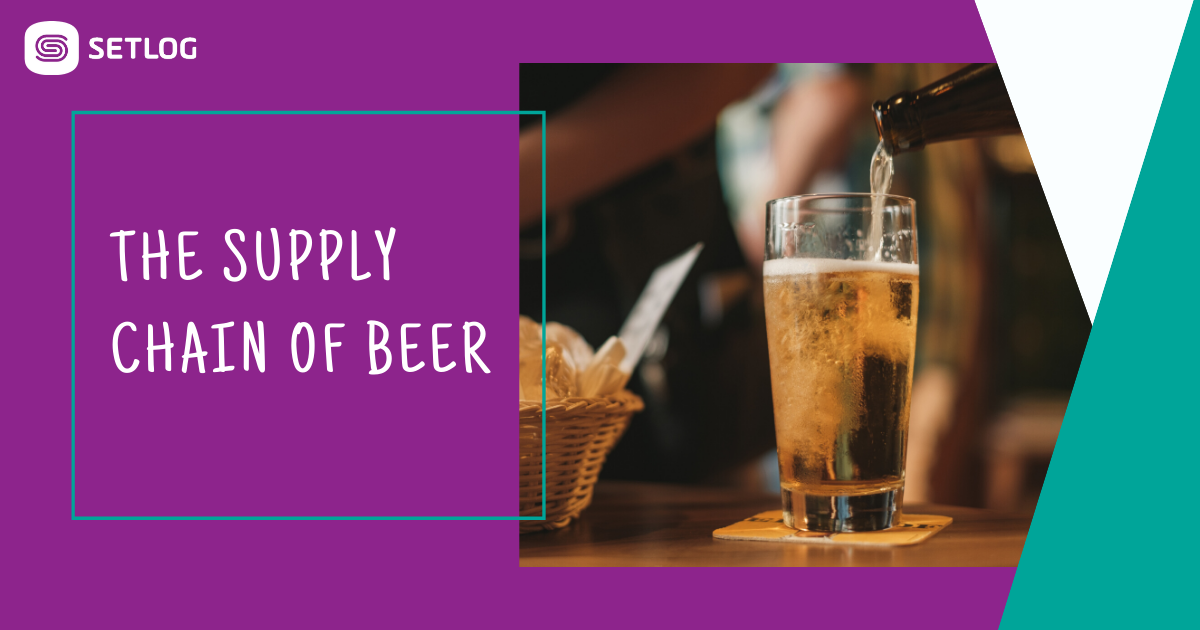The most popular drink in the world is coffee and who is surprised by that? The black gold keeps us all awake in the morning and really gets the day going. Without coffee the world doesn’t work at all.
But what does it look like after work? Which drink accompanies us into the contemplative, first minutes of our beloved leisure time?
The beer, of course! Most popular, alcoholic drink and not for nothing everyone knows the term “after work beer” or proverbs like “it’s five o’clock somewhere”.
Especially in Germany and in the Ruhr area – where we are located – beer is almost an integral part of our society. In fact, it is one of the staple foods in Bavaria and many companies even have vending machines with beer.
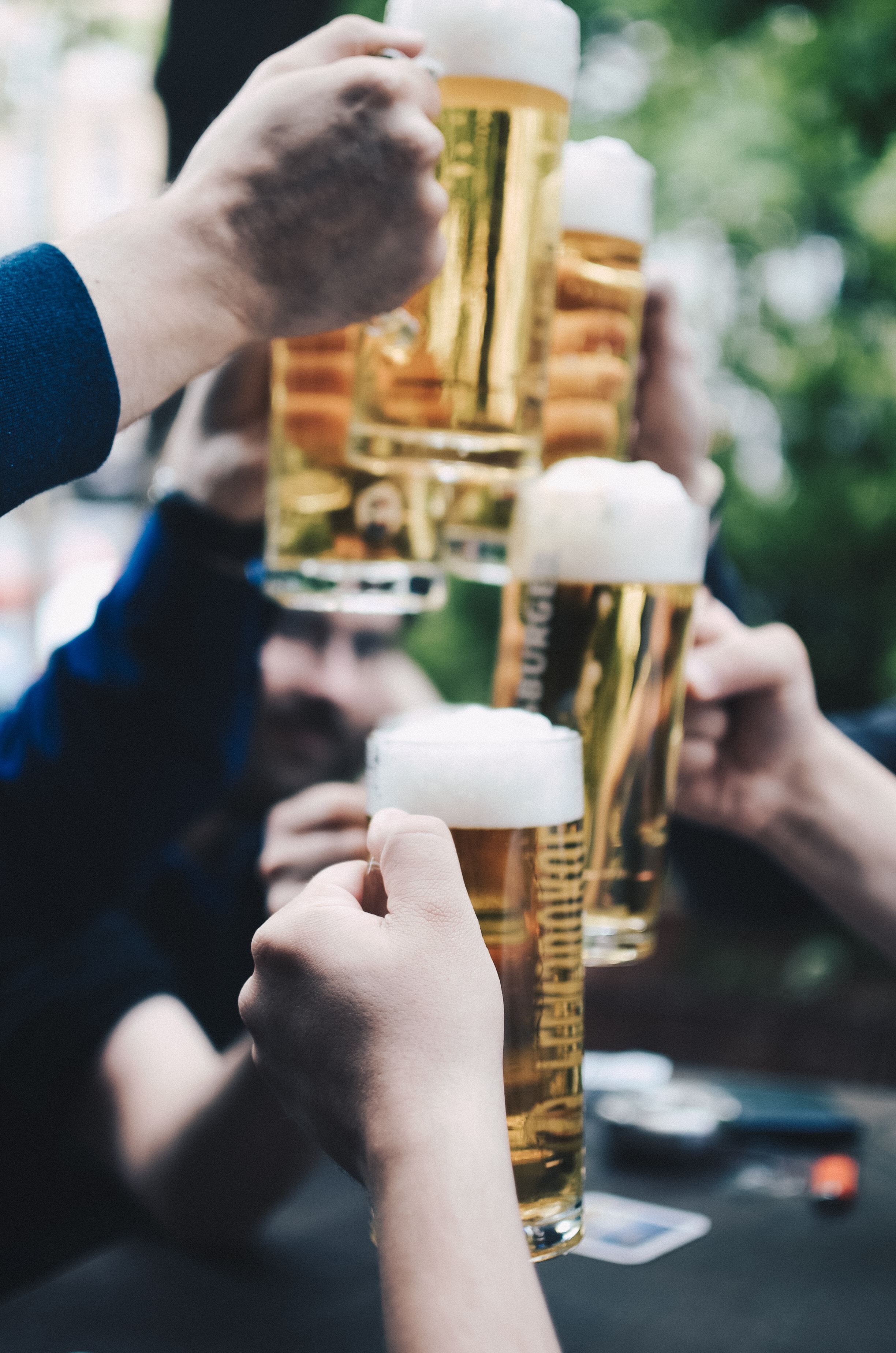
About 13,000 years ago the first brewery , as far as we know was found – in the Rakefet cave in the area of the Natufien culture in today’s Israel.
The oldest, traditional recipe for beer does not come from medieval Germany, but from China and is already 5,000 years old.
Whether in ancient Egypt, the Celts or the Romans – they all brewed beer in their own way and even then honoured the golden drink.
It is hard to imagine life without beer – neither in Hollywood’s eyes nor in our own imagination – from the Middle Ages. The wild vikings who emptied their overflowing horns, come on – who doesn’t recognize them from the screen!
In the beginning it was brewed with a variety of ingredients, but between the 13th and 16th centuries hop beer increasingly replaced the herbal beers known at that time.
This is how the beer that we all know and love today came into being.
Early on, the the importance and the power of the beer was recognized in the late Middle Ages so it isn’t surprising that almost everywhere production, as well as sales taxes on beer were raised.
Since then, of course, a lot has happened on the beer market. Even in wine regions where in former times much more wine was consumed than beer, the hearty hop drink pushed itself to the top in the late 18th century.
Since 2005, brewing in Germany has only been allowed according to the Purity Law, and in 2016 the Belgian beer culture even received the great honour of being designated a UNESCO World Heritage Site.
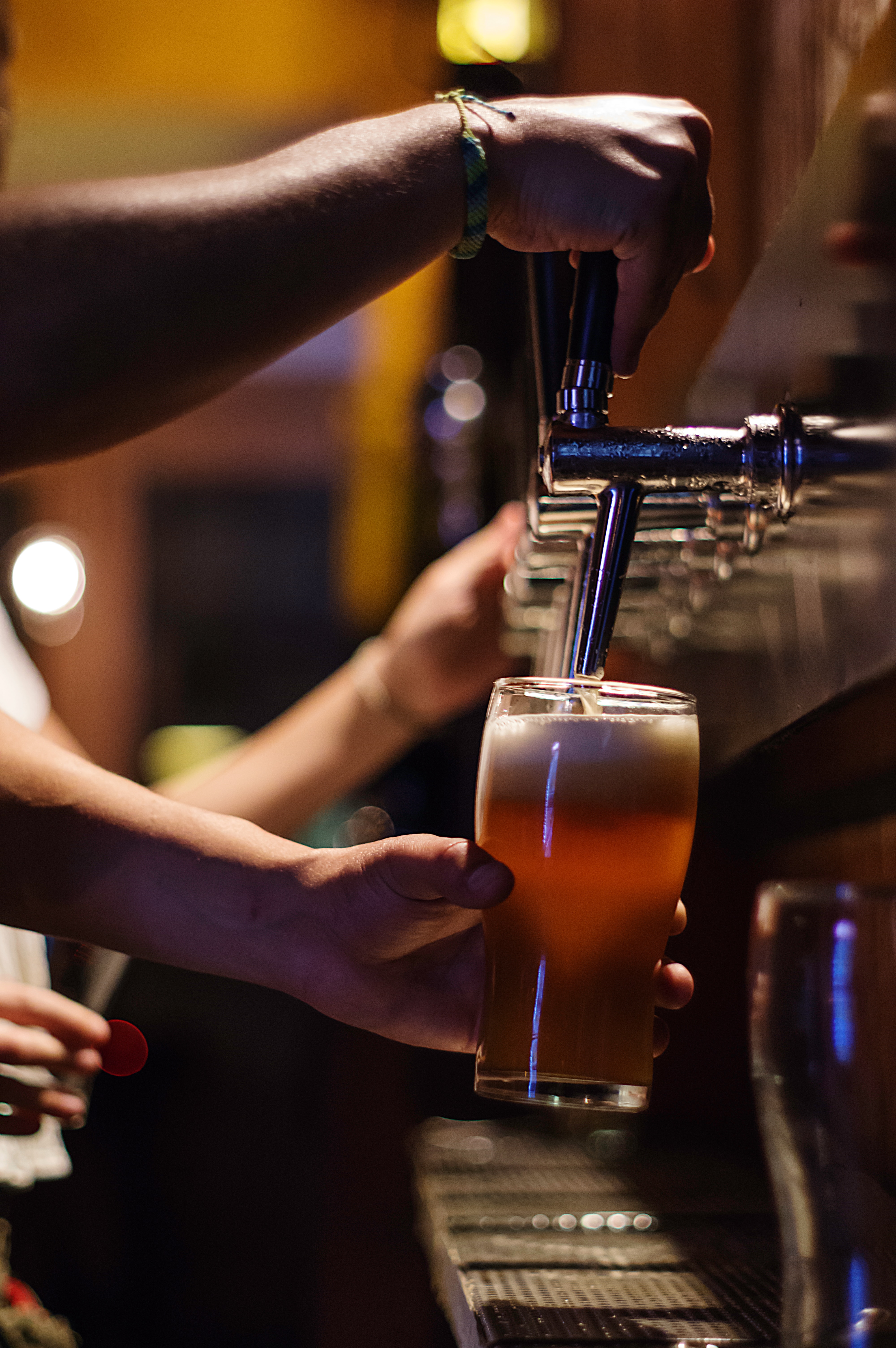
Beer has a long and interesting history. Whether in America, Japan or England, the golden brew is loved everywhere and interest hardly seems to flatten out.
In the meantime it is no longer just consumed as a cosy beer after work, but especially now in the summer time the beer gardens are full early and a cool beer is simply part of everyday life.
Beer breweries are still a popular excursion destination all over the world. Sports events even revolve completely around breweries or are sponsored by them. After all, beer has already conquered the sports market as an iso-drink. As a gift, beer is given away either in the form of unusual sorts up to weekend courses in brewing – no matter the season. More and more creative varieties are coming onto the market, the craft beer brewery has become more and more popular since the 1980’s and the consumer wants variety. Nowadays they can get them in many bars, restaurants and shops.
In today’s society it is hard to imagine a life without beer.
But do we really think about where our beer comes from? Apart from the question of the brewery or the country of origin, for most people the only thing that counts is that they either get the beverage in the nearest store or their freshly tapped beer in their favorite pub next door. That is all that is important for the end consumer when it comes to the logistics behind beer.
Nevertheless, the beer supply chain is actually very interesting, complex and worth a look.
It is precisely the diversity that now exists on the market that makes it more difficult for breweries to optimize everything from production to logistics.
Many regional beers have such a special taste, because the ingredients come from their particular area and are so unique. Water, for example, is not just water.
Dublin’s very hard water is excellent for brewing stout and those who have seen the lakes in Ireland can almost see Guinness in nature. The water in the region Plzeň is ideal to produce light lager and the waters in England favour the brewery of light ale.
The local breweries have made use of the characteristics of their own nature and territory.
Now, one might think that ingredients such as hops, barley, malt and water are well planted or present in most brewery countries and that globalization has stopped with beer. But this is not the case. Especially in craft beer production, there are always ingredients that have to be transported from different countries to the breweries before the production can even start. These include certain fruits, spices and even coffee beans. The basic ingredients of beer are mainly grown in Germany, Austria, Switzerland, the USA and the Czech Republic. But also in China, England, Belgium and Co. there are a lot of hop and malt growing areas.
Still, the cultivated ingredients in the own country lead to some complications for the production of beer.
The constantly fluctuating costs of raw materials such as hops or malt cause the final prices of beer to change. Hops in particular are increasingly in demand, demand is rising and farmers are barely keeping up. This leads to rising costs as well as the restrictions caused by extreme weather conditions such as those that prevailed in the summers of 2018 or now in 2019.
Breweries have no choice but to adapt to these market conditions.
The production of beer is just as individual as the individual tastes. Although countries like Germany have certain purity regulations, each brewery is unique in its own way.
Most beers are not stored for long, but there are some exceptions. Some types age up to 6 months until they are finally bottled.
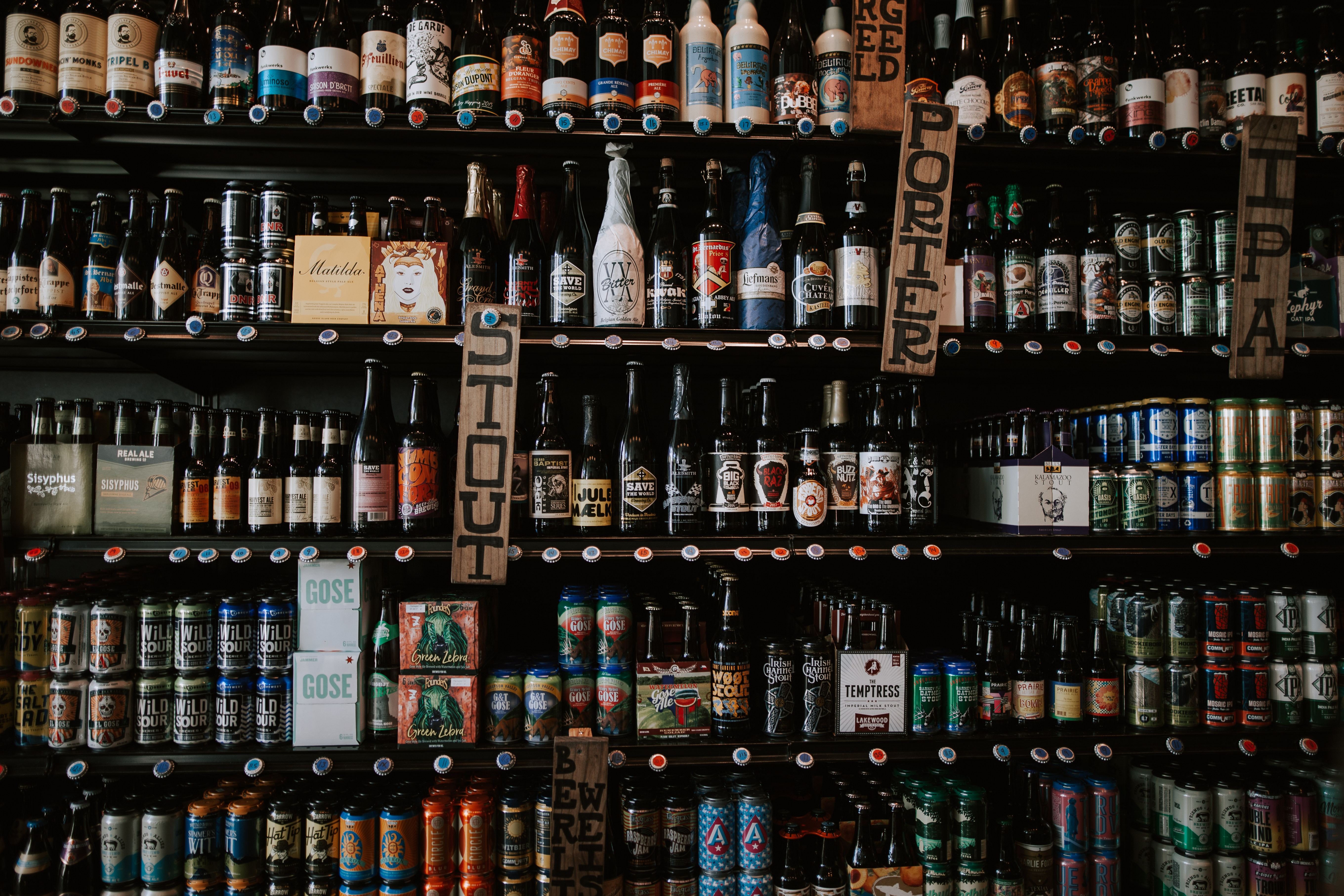 Just as the brewery is individual, the tastes of the consumers are also very different. It is not uncommon for people to have only one preferred type of beer and it always must taste the same. No matter whether from the barrel, from the bottle, in the pub or at home. In order to guarantee this, there is an enormous process behind the production.
Just as the brewery is individual, the tastes of the consumers are also very different. It is not uncommon for people to have only one preferred type of beer and it always must taste the same. No matter whether from the barrel, from the bottle, in the pub or at home. In order to guarantee this, there is an enormous process behind the production.
For example, a single batch of craft beer requires 20 hours of laboratory time. It does not depend on the size of the batch.
Finally, the beer is delivered. The finished beer in bottles, barrels or cans is now shipped all over the world via distribution partners and is delivered to their retailers.
The greatest dangers during the transport of beer are actually damaged or even completely broken goods, theft and spoilage of the contents.
About 5% of the goods never arrive at the shop.
In the 1980’s, most breweries were still transporting exclusively to their own region or country. Trucks brought the goods to their final destination.
But since import and export adapted to the new globalization conditions, this also changed for most breweries. Now some deliver worldwide.
Like all products in our modern world, beer is also driven by new trends. Consumer behaviour and pressure, as well as industry consolidation and restructuring, the growth of external logistics service providers and technological developments are also changing the supply chain of beer.
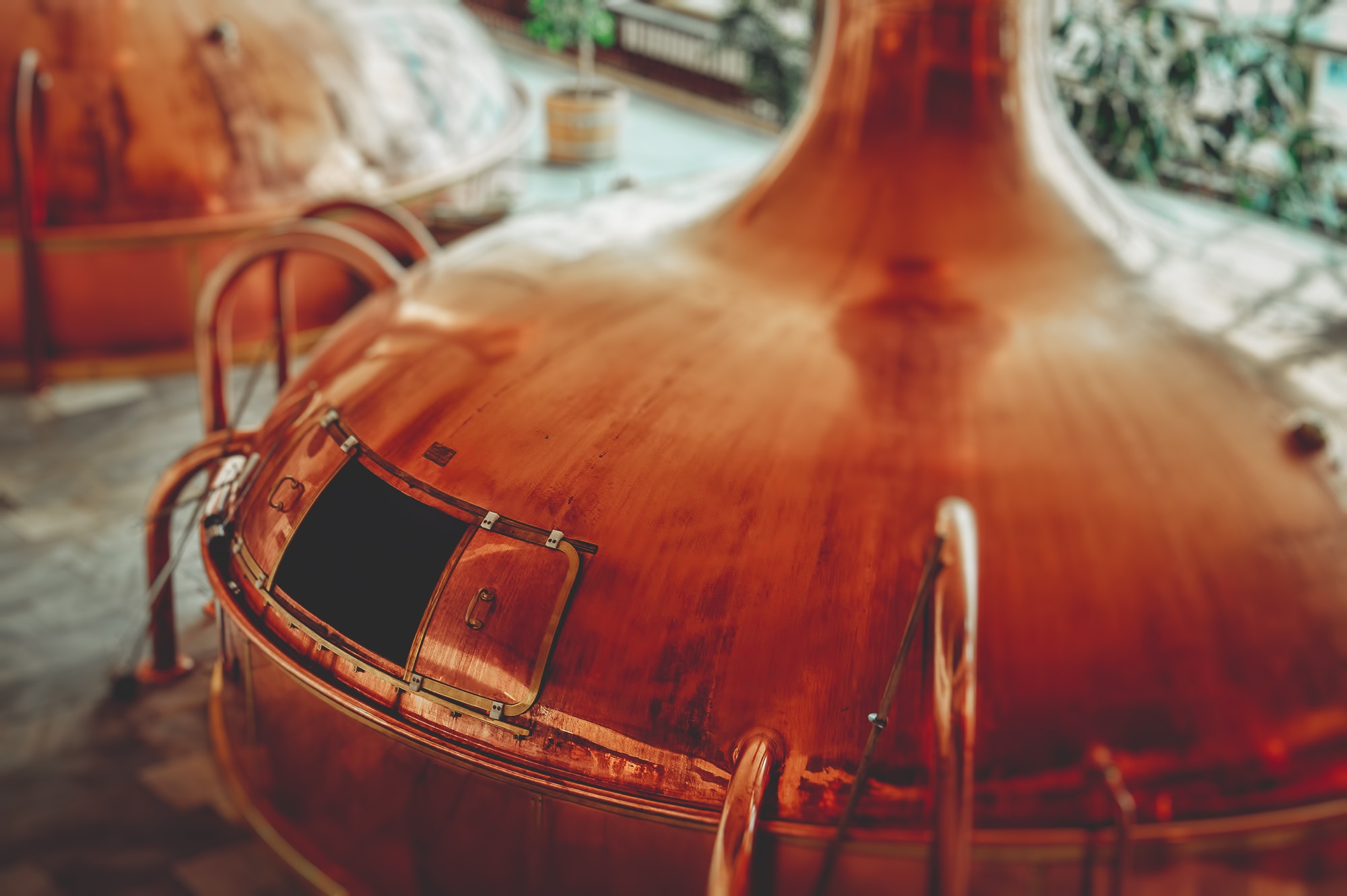
Anyone who wants to take a closer look at the beer’s supply chain or playfully learn what the bullwhip effect is and how to optimize a supply chain, can do so in a modern app.
The “Beer Distribution Game”, actually already developed in the 90’s by students of the MIT in Boston, is about the four market participants (retail, intermediate and wholesale trade as well as brewery), who are all connected via the supply chain. Communication is limited – the inventory is known to all, but only one player knows the actual customer demand. Only order quantities are exchanged.
In this game, the difficulties of the supply chain participants are presented on the basis of a popular product and realistic scenarios.
This way you can learn easily and digitally what the supply chain is all about, its challenges and possible solutions.
